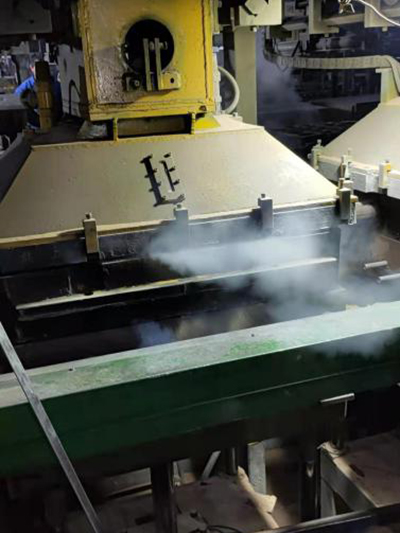The History of Sand Casting
Sand casting, one of the oldest and most versatile methods of metal casting, has played a crucial role in the development of various industries and technologies over centuries. Its origins can be traced back to ancient civilizations, where artisans utilized molds made from sand to form metal objects for tools, weapons, and decorative items. This method's enduring popularity can be attributed to its simple technique, low cost, and adaptability for producing intricate shapes.
The History of Sand Casting
As civilizations advanced, so did the techniques utilized in sand casting. By the time of the Roman Empire, sand casting practices had become more sophisticated. The Romans were known for their engineering prowess, and their use of the sand casting method contributed to the production of a wide range of artifacts, from household items to monumental sculptures. They introduced the concept of using a two-part mold, which enabled the creation of even more intricate shapes and designs.
history of sand casting

During the Middle Ages, sand casting remained prevalent in Europe, particularly for the production of religious artifacts and tools. Foundries became common, and skilled craftsmen began to emerge, specializing in various casting processes. The introduction of coal and coke as a fuel source during the Industrial Revolution in the 18th century significantly advanced the sand casting industry. Increased heat allowed for the melting of larger quantities of metal, making it possible to produce larger and more complex castings.
The 19th and 20th centuries marked a significant evolution in sand casting techniques. The introduction of mechanization and advancements in metal alloys led to improved casting quality and efficiency. Industries such as automotive, aerospace, and machinery heavily relied on sand casting for producing engine components, structural parts, and various machinery components.
Today, sand casting is an essential method used worldwide. Modern foundries employ state-of-the-art technologies, including computer-aided design (CAD) and 3D modeling, to enhance mold design and production accuracy. Despite the rise of other casting methods, such as investment casting and die casting, sand casting remains a favored choice for its versatility, cost-effectiveness, and ability to produce both small and large quantities of intricate castings.
In conclusion, the history of sand casting reflects its enduring significance throughout human civilization. From its ancient origins to its modern applications, this method continues to adapt and thrive in a rapidly evolving industrial landscape, showcasing the ingenuity and resourcefulness of mankind in shaping metal into functional and artistic forms.
Post time:නොවැ. . 07, 2024 01:26
Next:Tecnologia della fusione a schiuma persa per migliorare l'efficienza nella fonderia
